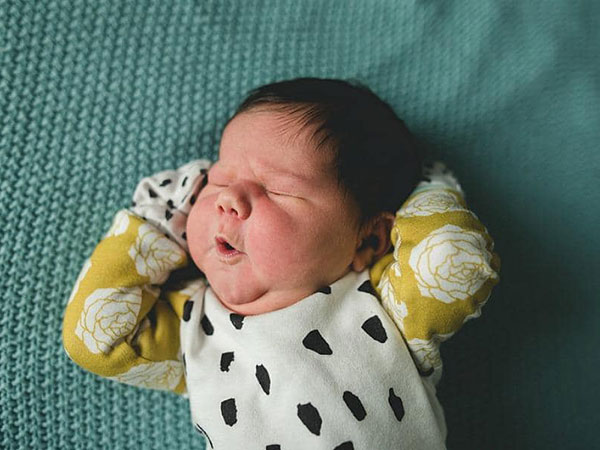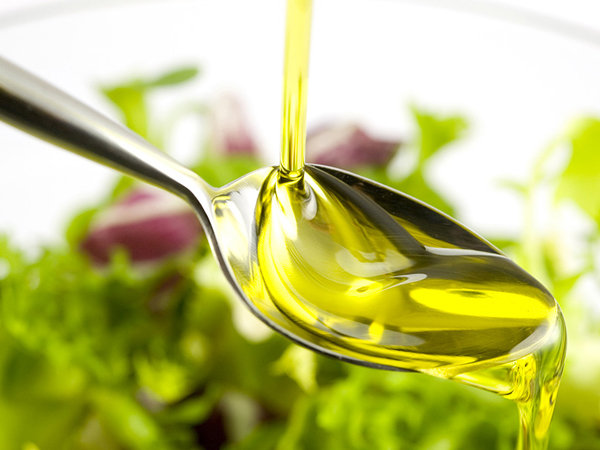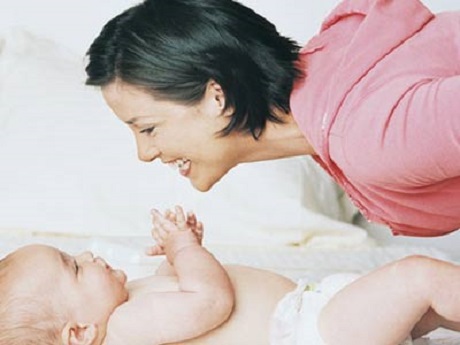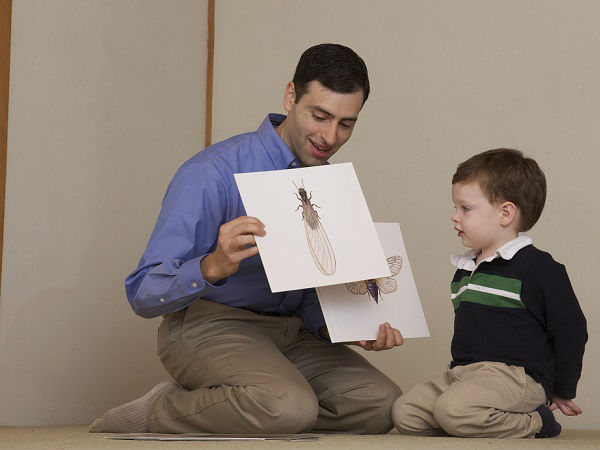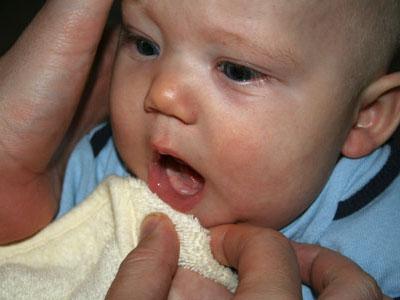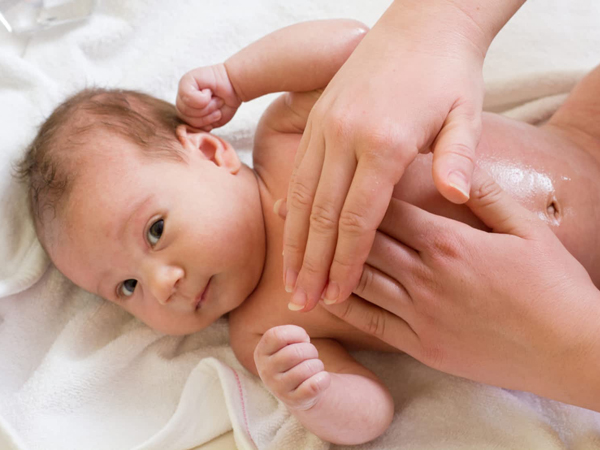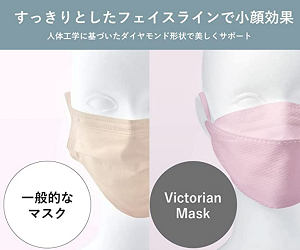Parents are not surprised if the baby fumbles or stumbles because the baby's motor ability is not fully developed. However, this clumsy action can be a sign of pathology.
Preschool development
If your toddler is unable to coordinate hand and leg movements well, there is nothing to worry about. Toddlers often fall and crash into things because they are learning to use their bodies in new ways. The more adventurous and active your baby is, the greater the chance of accidents will occur. However, if your baby often hits the wall or steps the wrong stairs, perhaps you need to pay more attention to this issue.
What is the cause that hinders a child's development?
The baby's fumbling actions like sitting down and forgetting to pull the chair or placing a block of wood on the table, are normal. However, it could be a sign that your baby has eye problems such as nearsightedness or farsightedness.
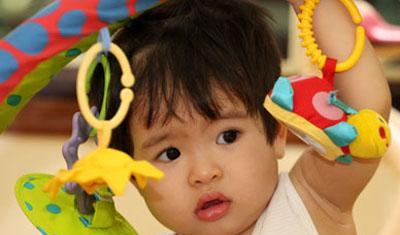
Being too clumsy can be a sign that a child's development is having problems
If you find that your baby's limbs are stiff or limp and lack strength, and affect their ability to control body movements, they may have mild cerebral palsy. If your baby fumbles a little more than before or is acting awkwardly awkward recently, this could be a sign of degeneration or a symptom of a disorder like muscle atrophy or rheumatism. Falling and unsteady walking can be a sign of a concussion.
Babies who appear more clumsy than their peers, for example having difficulty handling objects, bumping into other babies and moving more slowly, are at risk of developing coordination disorder. development. Babies with this syndrome often weigh more and have other problems such as hyperactivity (impaired concentration). A lot of exercise along with physical therapy methods may help your baby in this situation.
If you suspect that your child has unusual clumsiness, you should take your baby to the doctor for a professional diagnosis.
What can be done to support a child's development?
If your child's awkwardness has a neurological and physical cause, the doctor may have him or her do eye exams, MRI scans or X-rays. If the baby has limited vision, the doctor will advise the mother to put the baby on glasses.
